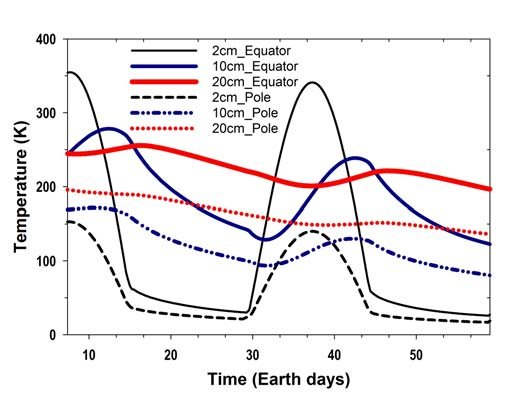His analysis was simplistic. He also pushes Hyperloop, so he's known to sometimes be incredibly wrong on technical matters.
Care to comment on what Elon Musk said? I think he's credible.
He points out, correctly, that SPS requires the conversion of electricity to microwaves, and then back to electricity. Definite losses. But solar panels on earth have definite problems compared to space based:
1) Terrestrial arrays need to be more complex: they have to track the sun. Or if fixed, you need a lot more of them.
2) A terrestrial array of the same power of an SPS rectenna would impact the environment far more: the arrays would blot out the sun, while the terrain under a rectenna would be usable for other purposes.
3) Terrestrial arrays add far more heat to the environment than space based.
4) Terrestrial arrays need to deal with not only the problem of day-night cycles on power generation and thus power storage (*vast* environment-damaging battery systems for when the sun ain't out), they need to deal with weather, dust, bugs, bird crap, lightning strikes, hail, tornados. This is not just a power fluctuation issue, it's a PV cell degradation issue.
SPS is hard and expensive. But lunar surface solar power is, after an initial *insanely* expensive startup cost, potentially the closest thing we have to "free power for the whole planet forever." Lunar regolith is surprisingly close to the ingredients that make up a PV cell. So large robotic factories that trundle along, eat the regolith and lay a road of PV cells behind them, could rather quickly supply all of Americas power needs... and then all planetary power needs.
A lunar factory that lays a layer of PV arrays ten meters wide and moves 1000 meters per day would lay down 3,650,000 square meters of PV arrays per year. If the cells are 20% efficient; and you only get 50% efficiency in the conversion to microwaves, transmission to intermediate platforms, reception on earth and conversion back to electricity; and due to the immobile nature of the array and the rotation of the moon they are only 25% as effective as an array permanently facing the sun... each year a single factory would be responsible for 1400 W/m2 X 365000 X .2 X .5 X.25 = 127.75 megawatts. In ten years that one factory will be responsible for 1.3 gigawatts of power. If you add one factory to the moon per year, in ten years you'll be adding 1.3 gigawatts of power per year. If you build the factory that builds the mobile factories on the moon itself using lunar resources, it could in principle become a sort of Von Neumann machine system that surprisingly quickly covers so much lunar terrain that you have more power than you know what to do with.
I recall an article many many years ago in I think Spaceflight that talked about the possibility of a Lunar Power Ring.













